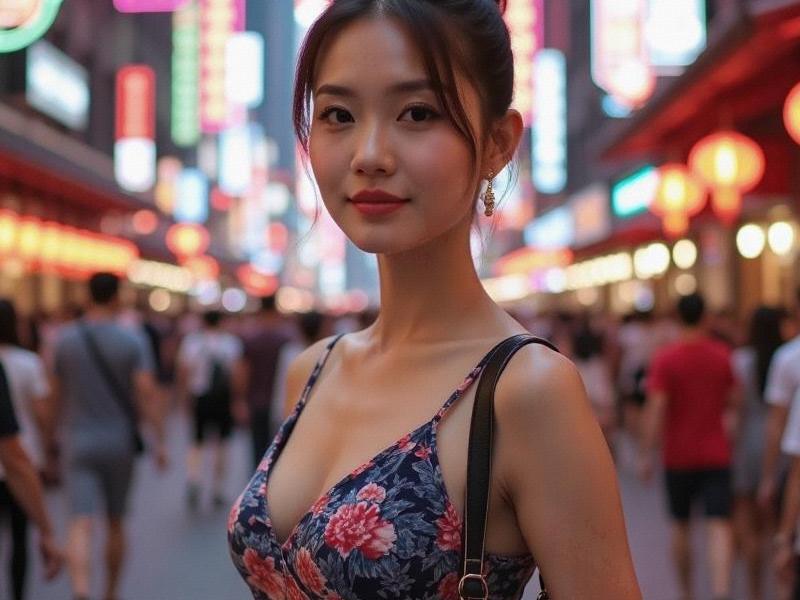
In the shadow of the Oriental Pearl Tower, a group of elderly Shanghainese practice tai chi at dawn, their flowing movements reflected in the glass facades of surrounding skyscrapers. This daily scene perfectly encapsulates modern Shanghai - a city where centuries-old traditions harmonize with relentless innovation.
Shanghai's economic transformation continues at breathtaking speed. The Pudong New Area, once farmland just thirty years ago, now hosts the world's second-largest stock exchange and serves as headquarters for 85% of China's foreign-funded financial institutions. The recently completed Shanghai International Financial Center complex has become a global benchmark for smart buildings, featuring facial recognition security, AI-powered climate control, and robotic concierge services.
Yet beneath this gleaming surface, traditional Shanghainese culture thrives. The City God Temple market still bustles with vendors selling handmade crafts and local snacks like xiaolongbao (soup dumplings) prepared using recipes unchanged for generations. The nearby Yuyuan Garden, built during the Ming Dynasty, remains an oasis of classical Chinese landscaping amidst the urban jungle.
夜上海最新论坛 Education in Shanghai reflects this duality. While local schools consistently rank among the world's best in math and science scores, they also mandate courses in calligraphy, traditional music, and Shanghainese dialect preservation. "We're raising global citizens rooted in local culture," explains principal Zhang Wei of the prestigious Shanghai High School.
The arts scene showcases this cultural synthesis. The Power Station of Art, China's first public contemporary art museum housed in a converted power plant, recently hosted an exhibition blending AI-generated art with ancient Chinese painting techniques. Meanwhile, the Shanghai Chinese Orchestra has gained international acclaim for incorporating electronic elements into traditional compositions.
上海龙凤419自荐 Shanghai's culinary landscape offers perhaps the most delicious expression of this fusion. Michelin-starred restaurants serving molecular interpretations of Shanghainese cuisine stand just blocks from century-old establishments preserving authentic local flavors. The newly opened "Gastronomic Quarter" along the Bund features 30 chefs - half trained in Western techniques, half masters of Chinese culinary traditions - collaborating on innovative dishes.
Urban planning initiatives carefully maintain this balance. The Huangpu River waterfront development project dedicates equal space to high-tech business hubs and public parks featuring traditional Chinese design elements. The "15-Minute Community Life Circle" program ensures all residents have walkable access to both modern amenities and cultural heritage sites.
上海贵族宝贝龙凤楼 Environmental sustainability bridges old and new approaches. The city's ambitious "Vertical Forest" program sees historic neighborhoods supplemented with high-rise buildings covered in greenery, while ancient feng shui principles inform the placement of new wind turbines along the Yangtze estuary.
As Shanghai prepares to host the 2025 World Expo, themed "Connecting Civilizations, Creating the Future," the city stands as proof that cultural preservation and technological progress need not compete. "Shanghai doesn't choose between its past and future," says urban historian Professor Chen Li. "It honors both simultaneously, creating something uniquely powerful in the process."
From the silk workshops of the Old Town to the quantum computing labs in Zhangjiang High-Tech Park, Shanghai pulses with creative energy. As the city enters its fourth decade of explosive growth, its greatest achievement may be maintaining the soul of Old Shanghai while boldly inventing the metropolis of tomorrow.
